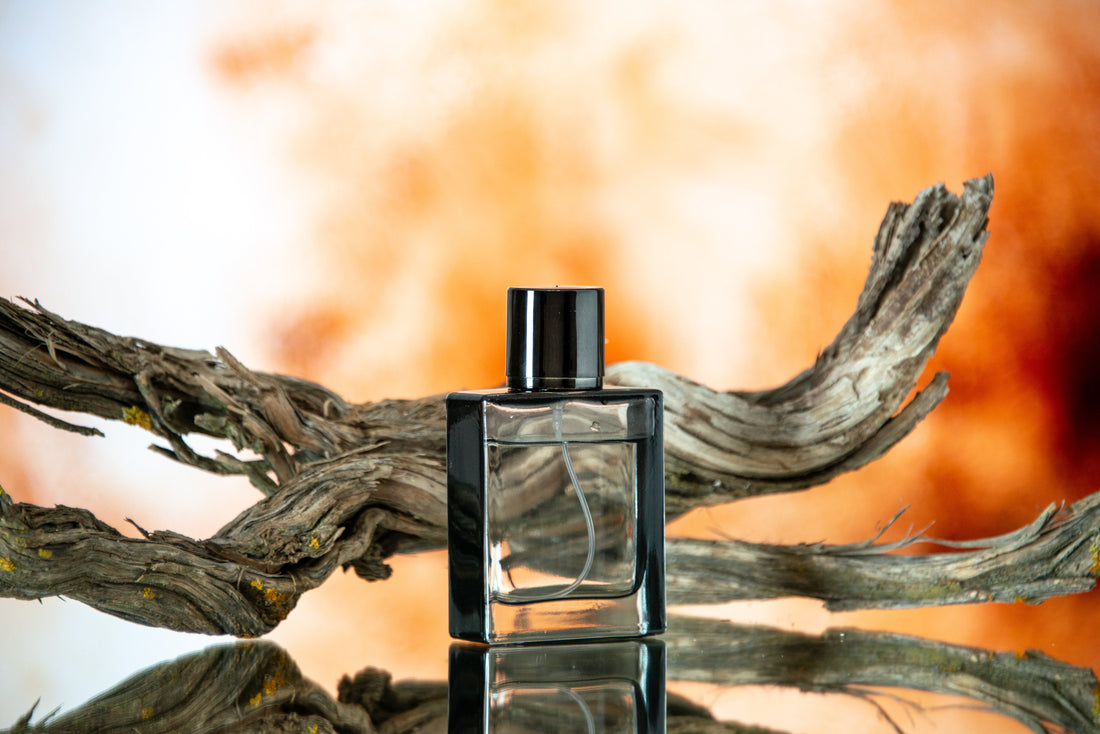
The Art of Perfumery: Crafting a Scent with Top, Middle, and Base Notes
Share
Creating a captivating perfume is a masterful blend of art and science, with each scent component playing a crucial role in the final composition. Essential oils are the cornerstone of this process, providing the natural aromatics that form a fragrance's identity.
By understanding the "fragrance pyramid" and the function of top, middle, and base notes, perfumers can craft a well-balanced, long-lasting, and memorable scent. This guide explores the foundational principles of perfumery, offering insights into how to blend essential oils to achieve a harmonious and sophisticated fragrance.
Understanding the Fragrance Pyramid: The Blueprint of Perfumery
The fragrance pyramid is a conceptual framework used to describe the layered structure of a perfume. This pyramid consists of three distinct tiers, each representing a different stage of the scent's evaporation and a unique set of aromatic notes.
1. Top Notes: The Initial Impression
The top notes are the first scents to greet the senses upon application. These notes are composed of highly volatile essential oils that evaporate quickly, typically within 15 to 30 minutes. Their purpose is to create an immediate and inviting first impression, setting the stage for the deeper layers of the fragrance.

-
Common Essential Oils for Top Notes:
-
Citrus: Lemon, Bergamot, Grapefruit (provide a fresh, zesty, and uplifting aroma).
-
Herbal: Eucalyptus, Peppermint (offer a sharp, clean, and invigorating scent).
-
Light Florals: Lavender (can act as a top or middle note, offering a gentle, calming introduction).
-
-
Function: To capture attention, provide a burst of freshness, and establish the initial character of the perfume.
2. Middle Notes: The Heart of the Fragrance
As the top notes fade, the middle notes, also known as the "heart notes," begin to emerge. These notes form the core identity of the perfume and are less volatile than top notes, lasting for several hours. They act as a bridge, harmonizing the fleeting top notes with the lasting base notes.

-
Common Essential Oils for Middle Notes:
-
Florals: Rose, Jasmine, Ylang-Ylang (provide a rich, romantic, and often sweet bouquet).
-
Spices: Clove, Cinnamon, Nutmeg (add warmth, complexity, and a spicy kick).
-
Herbal: Lavender, Geranium (offer a balanced and nuanced aromatic profile).
-
-
Function: To provide depth and complexity, defining the central theme of the fragrance and creating a smooth transition from the top to the base.
3. Base Notes: The Long-Lasting Foundation
The base notes are the final layer to appear, providing the longevity and depth of the perfume. These notes are the least volatile and can linger on the skin for hours or even days. They anchor the fragrance, preventing the lighter notes from dissipating too quickly and adding richness and warmth.

-
Common Essential Oils for Base Notes:
-
Woods: Sandalwood, Cedarwood, Vetiver (offer an earthy, woody, and grounding aroma).
-
Resins & Balsams: Frankincense, Myrrh, Benzoin (provide a deep, rich, and often sweet or smoky scent).
-
Sweet & Musky: Vanilla, Patchouli, Amber (add a warm, sensual, and lasting impression).
-
-
Function: To provide a solid foundation for the fragrance, ensuring its longevity and leaving a memorable trail.
The Art of Blending: The 30-50-20 Rule
Mastering the blend of essential oils is key to creating a balanced fragrance. While this is a guideline and not a rigid rule, the 30-50-20 rule is a great starting point for aspiring perfumery artisans:
-
30% Top Notes: Ensures an immediate and pleasant opening.
-
50% Middle Notes: Forms the core identity and body of the scent.
-
20% Base Notes: Provides the necessary anchor and lasting power.
This ratio helps to create a layered and evolving fragrance experience, where the scent unfolds beautifully over time. Experimenting with different essential oils within these categories allows for endless creative possibilities, from fresh and floral to warm and spicy.
Conclusion: Elevating Your Fragrance Creations
The journey into perfumery is an exploration of scent, structure, and chemistry. By understanding the foundational principles of the fragrance pyramid and the roles of top, middle, and base notes, you can move beyond simple mixtures to craft sophisticated, well-balanced, and memorable fragrances. Whether you are a hobbyist creating a personal blend or a professional developing a new line, mastering the art of blending essential oil will elevate your creations and leave a lasting impression.
